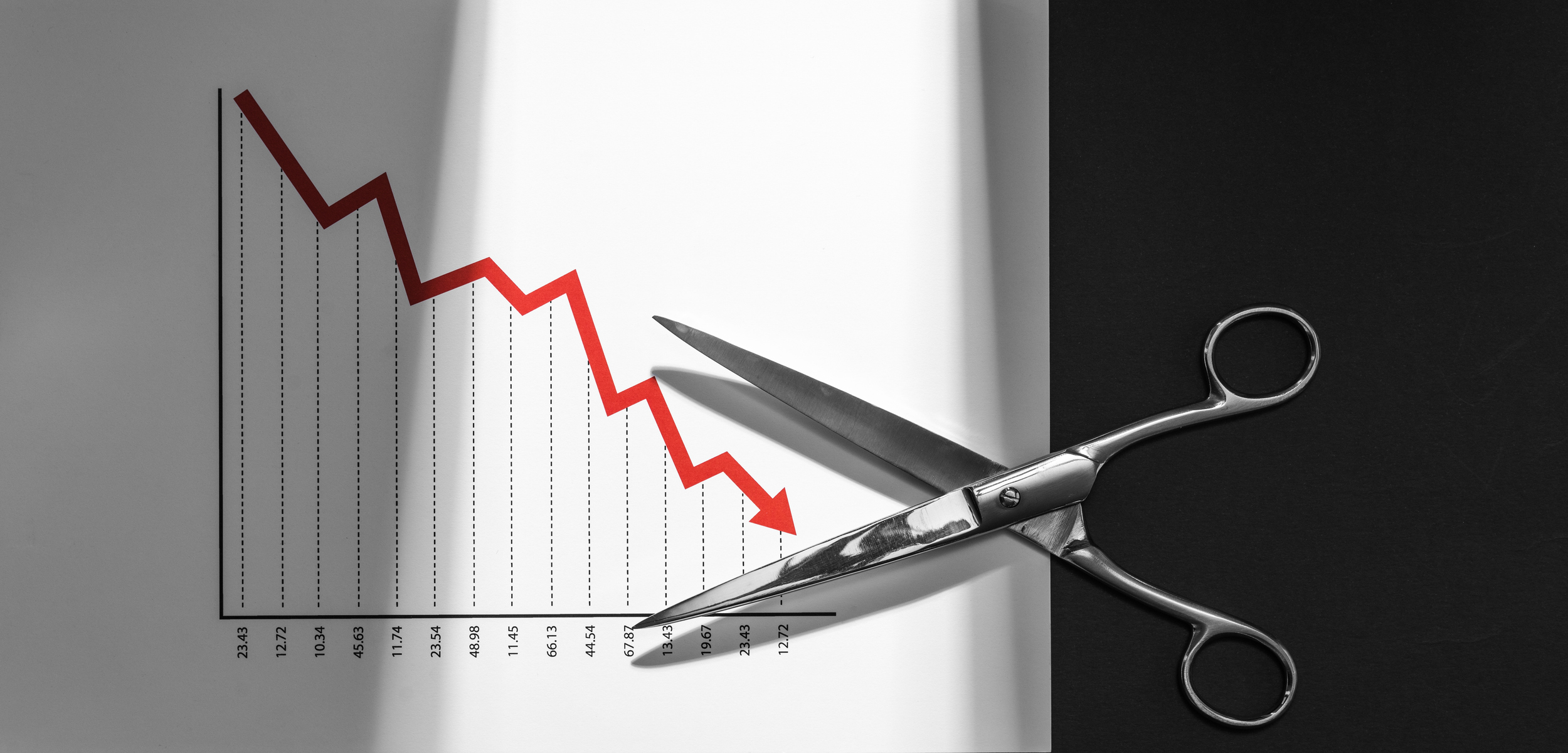Trends in teacher salary and benefits costs in Washington public schools, 2015-2021
Key Findings
1. Total school funding in the current budget (2020-21) is $17.5 billion, the highest ever.
2. Average per-student funding is $16,800, the highest ever and more than the tuition at most private schools.
3. Average teacher pay and benefits in Washington public schools are just under $119,000 a year.
4. For comparison, the average wage in Washington state in 2019 (the latest year available) was a little over $56,600.
5. Washington’s taxpayers provided teachers an overall increase in compensation of 29.5 percent between 2015 and 2021.
6. 38 of Washington’s 295 school districts pay an annual average of $125,000 or more in teacher salary and benefits.
7. The often-cited political claim that public education is underfunded is not true.
8. Academic outcomes for students are flat or declining.
9. Adding more money to the current public education system will not improve learning outcomes for students.
Introduction
Public schools in Washington state now receive record levels of funding. Total school funding in the current budget (2020-21) is $17.5 billion, the highest ever.1 Average per-student funding is $16,800, the highest ever and more than the tuition at most private schools.2 At the same time, academic outcomes for students are flat or declining, nearly one-third of public school students drop out before completing high school, and the racial achievement gap among students is wider than ever. None of the promises made to gain political support for public education funding have come true, leading many parents to ask, Where is all the money going?
This study answers that question in part by reporting recent spending trends in the single largest item in all public education budgets; teacher salaries and benefits. The study covers the salary and benefit increases taxpayers provided to Washington’s teachers over a six-year period, or three two-year state budget cycles, from 2015-16 to 2020-21.
All budget figures and other data included in this study come from official state and local government sources.
Click here to read the full Policy Note.




